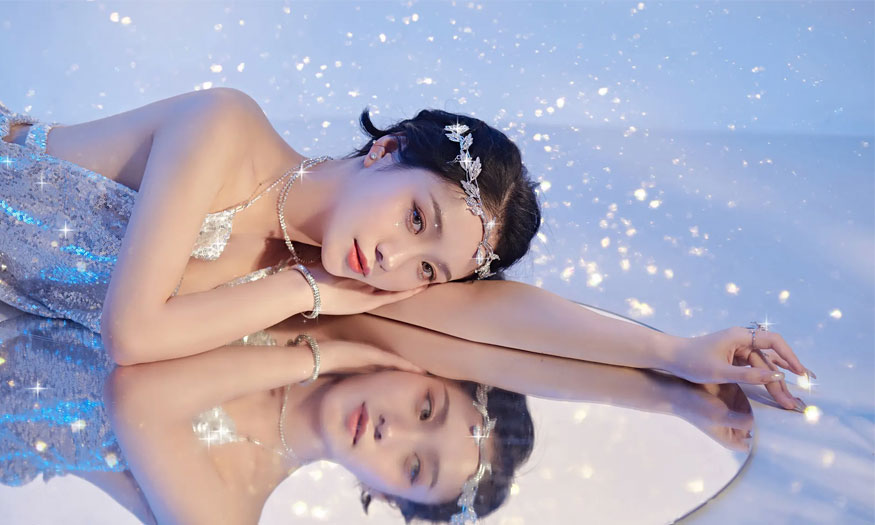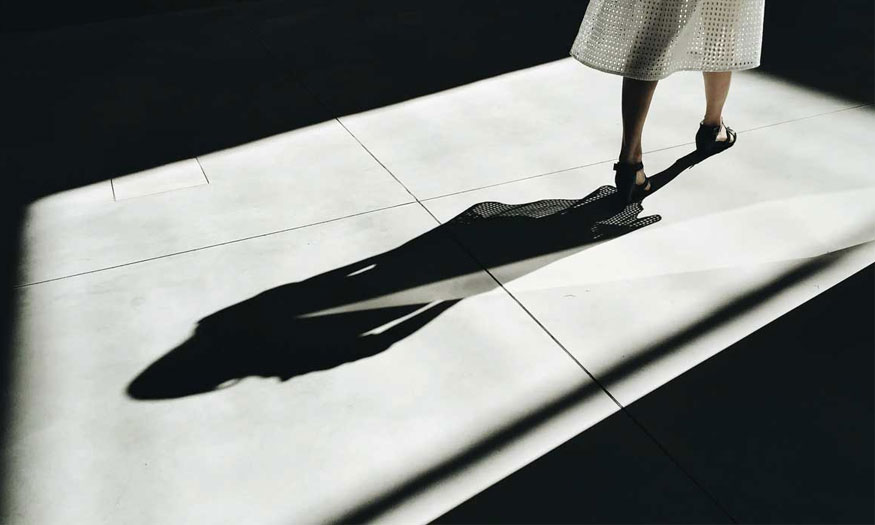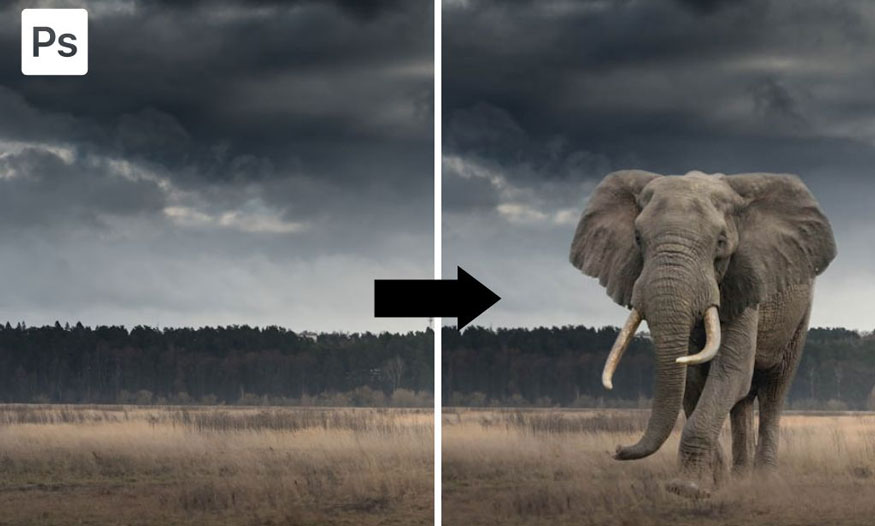Best Selling Products
Taking extremely impressive still life photos for beginners!
Nội dung
- 1. What is still life photography?
- 2. Popular types of still life photos
- 3. Things to prepare when taking still life photos
- 3.1. Choose the right subject.
- 3.2. Necessary props and accessories
- 4. Basic still life photography techniques
- 4.1. The shooting angle
- 4.2. Light
- 4.3. Aperture, shutter speed and ISO of the image
Still life photography is one of the most unique and artistic genres. However, how to breathe life into these static objects is not simple. The sharing that Sadesign brings in the following article will be very useful for you to be successful when taking still life photos.
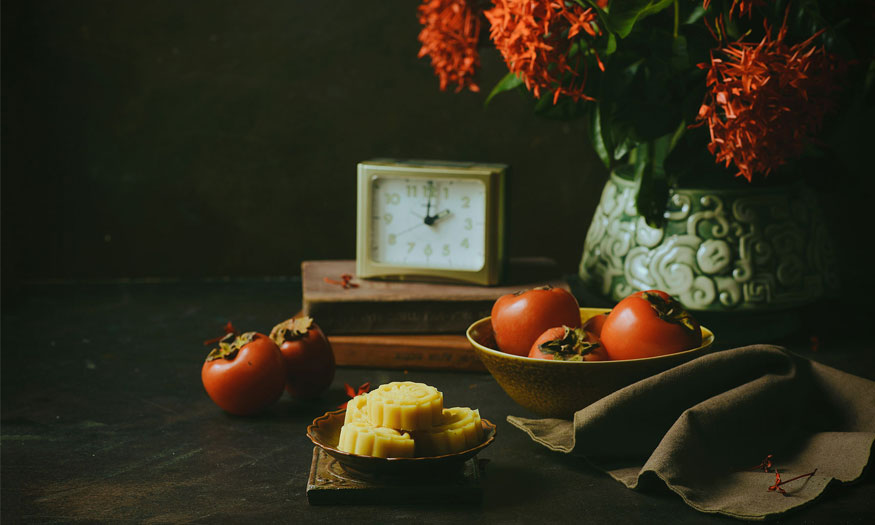
Still life photography is one of the most unique and artistic genres. However, how to breathe life into these static objects is not simple. The sharing that Sadesign brings in the following article will be very useful for you to be successful when taking still life photos.

1. What is still life photography?
Still life photography is a kind of artistic photography that focuses on non-moving subjects such as man-made and natural objects. With this type of photo, the photographer should actively arrange and apply light, materials, and composition to create harmony for the image.
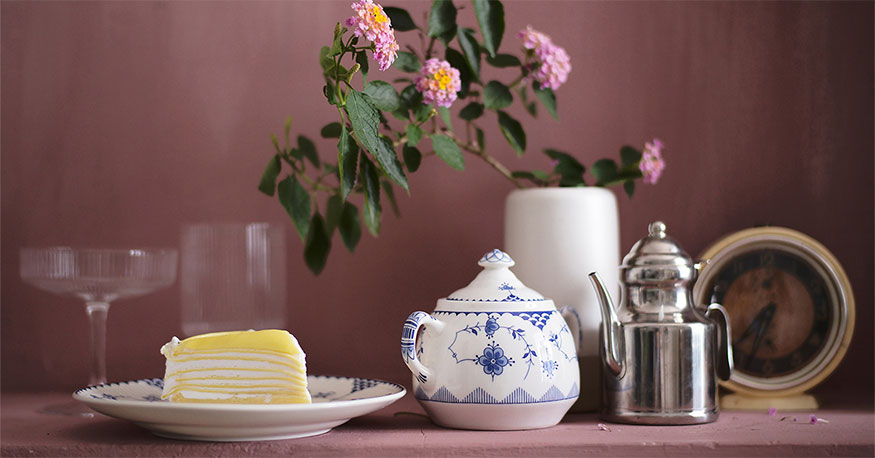
Still life photography helps you discover the beauty and excitement of small details, helping photographers convey emotions through photos.
2. Popular types of still life photos
Still photos have the following basic types:
- Product photos: This type of photo is intended to serve advertising and online sales. Accordingly, the photos are of very high quality to be able to promote and introduce products professionally.
- Artistic photos: With this type of photos, photographers can unleash their creativity through arrangement and arrangement to create unique artistic effects.
- Portrait photos: This photo often focuses on human-shaped subjects to create unique expressions and effects to help bring soul to the photo.
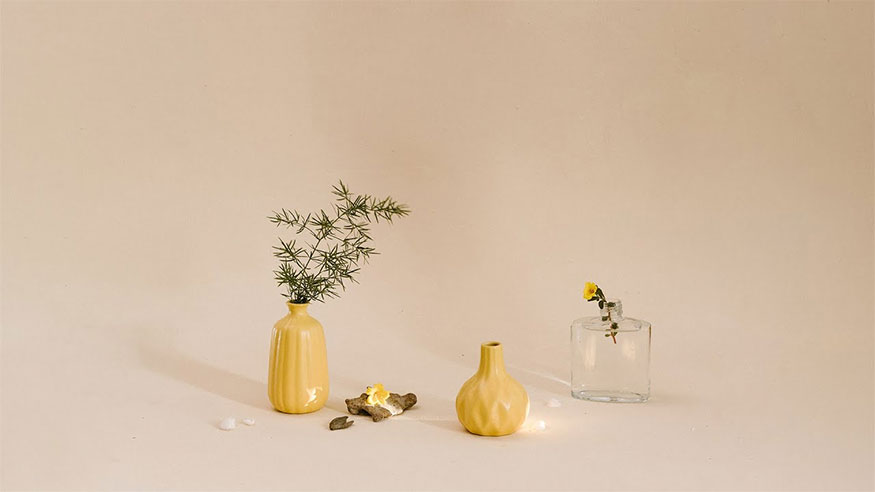
3. Things to prepare when taking still life photos
3.1. Choose the right subject.
The subject of the photo is a particularly important factor to ensure it matches the artistic purpose the photographer is aiming for. If there is good preparation for this factor, it will help photographers get the most impressive photo. Accordingly, when choosing subjects for photography, choose objects with attractive shapes and colors, but make sure they match the message you want to convey through the photo.
3.2. Necessary props and accessories
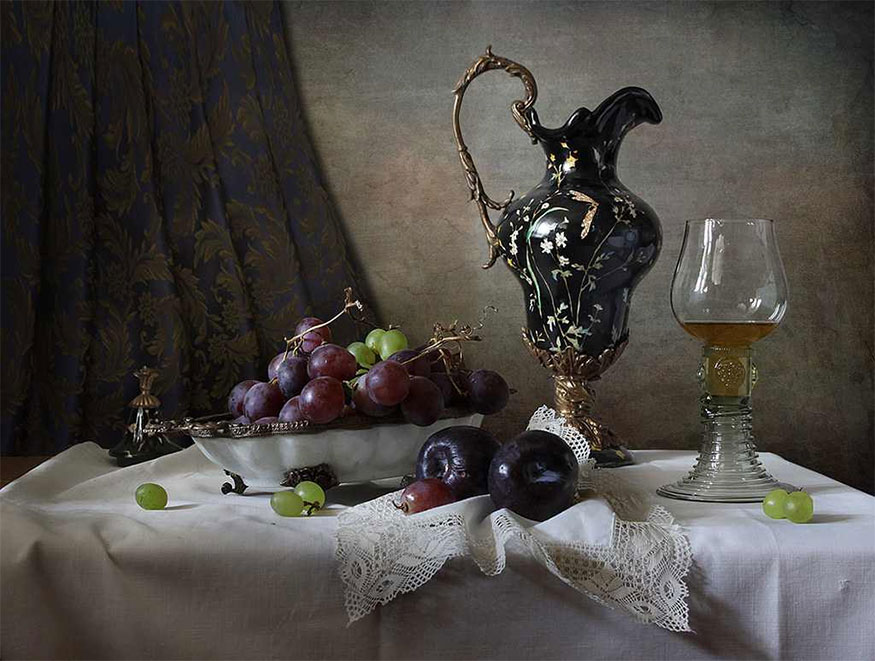
Once you have chosen a suitable subject, the next important thing is to choose props and accessories for photography:
- Background and backdrop: Choose a simple background to focus on to the main object. In addition, you can also choose a light background to create contrast and highlight the subject.
- Props and accessories: There are many props you can use. Use props that are suitable for the subject to complement and help the subject stand out more.
4. Basic still life photography techniques
4.1. The shooting angle
The shooting angle will determine whether you create a special photo or not. Try out different basic shooting angles such as: From top down, bottom up, shooting with different angles,...
Try out every angle to choose the most suitable shooting angle for the subject.
4.2. Light
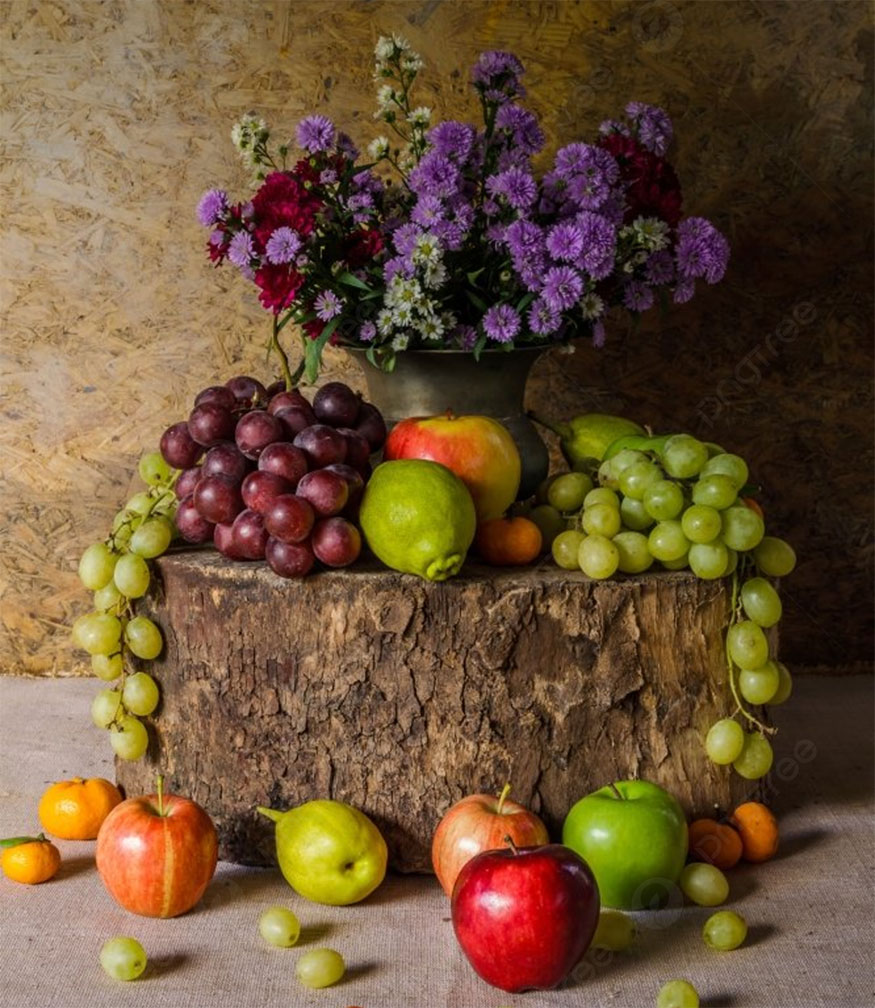
When taking photos, light is a particularly important factor, so photographers need to pay special attention to this factor to bring beautiful lighting effects to their photos.
You can use natural or artificial light, this will depend on the specific needs of the photographer. Experiment with soft or hard lighting to bring out detailed contrast in your photos.
4.3. Aperture, shutter speed and ISO of the image
Aperture, shutter speed and ISO are the factors that determine the shape, light, as well as the aesthetic value of the still image.
Therefore, when taking photos you should pay special attention to these factors to have the most appropriate alignment.
Hopefully the suggestions on how to take still life photos that we provide above will be useful to photographers. From there, we can help you succeed in conquering this type of photography.









































